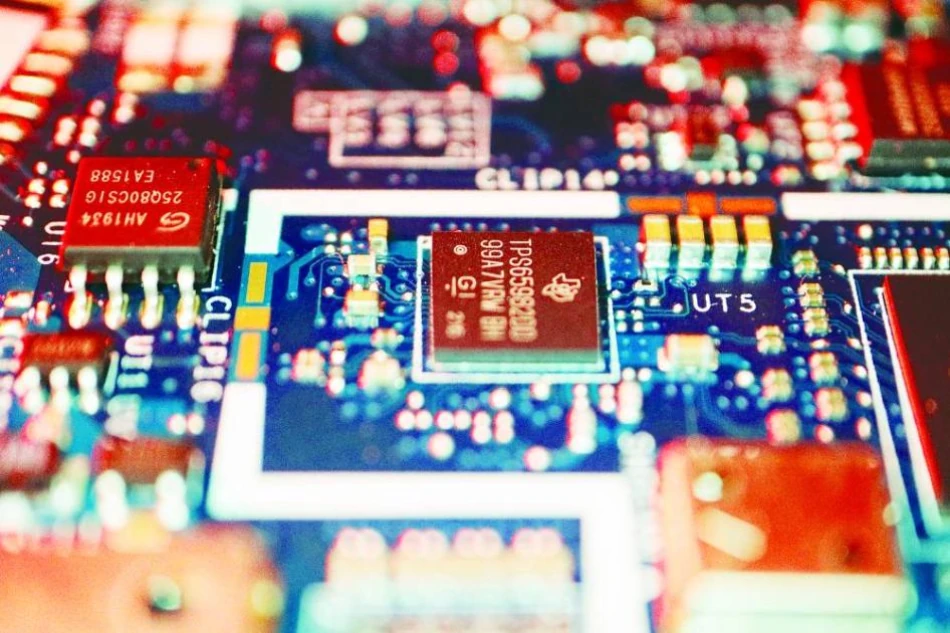
India Invests $18 Billion to Boost Its Semiconductor Manufacturing Prowess
India is making a bold bet on becoming a major player in the global chip industry, but experts say the country's $18.2 billion investment may not be enough to build a complete semiconductor ecosystem from scratch.
The push started in 2022 when the United States restricted exports of advanced AI chips to China, sparking a global race for semiconductor self-reliance. This created an opening for India, which consumes massive amounts of electronics but has virtually no domestic chip manufacturing.
India's "Semiconductor Mission" aims to build an entire supply chain - from design to manufacturing, testing, and packaging. The country has approved 10 semiconductor projects worth 1.6 trillion rupees so far, including two chip manufacturing plants and several testing and packaging facilities.
The timing makes sense from a market perspective. Global electronics companies are looking to diversify away from China, and India wants to grab a bigger share of this shifting market while reducing its dependence on imports for strategic sectors.
India does have some advantages. The country has top-tier engineering talent that already works for global chip design companies. But turning that expertise into a full manufacturing ecosystem is a different challenge entirely.
Steven Ezell from the Information Technology and Innovation Foundation, a science and technology policy research group, points out the scale of what India is attempting. "India needs more than just a few fabrication plants or ATP facilities - it needs a dynamic, long-term ecosystem," he says.
The numbers show why this matters for investors and governments watching the semiconductor space. Major chip manufacturers consider "up to 500 separate factors" before committing to billion-dollar manufacturing investments, according to Ezell.
Here's the thing - building a semiconductor industry isn't just about money and talent. It requires decades of accumulated knowledge, supplier networks, and specialized infrastructure that countries like Taiwan and South Korea spent generations developing.
For traders and tech companies, India's semiconductor push represents both opportunity and uncertainty. Success would create a new major supplier outside of East Asia. But the investment requirements and technical challenges mean results won't come quickly, and there's no guarantee of success.
Most Viewed News

 Omar Rahman
Omar Rahman






